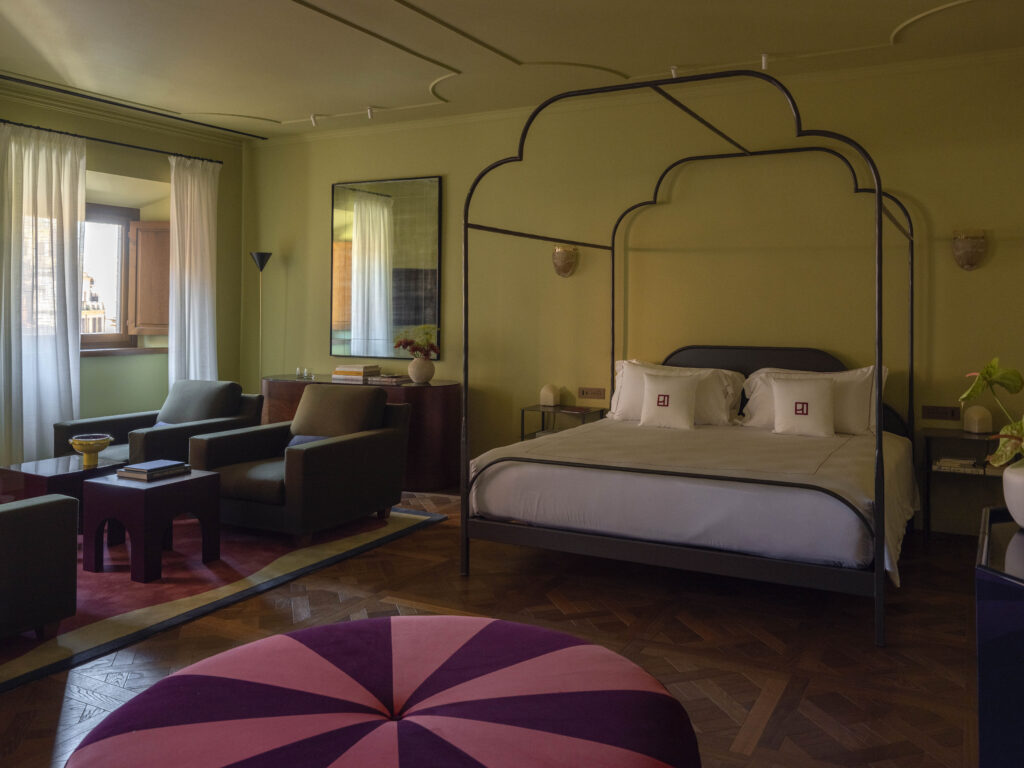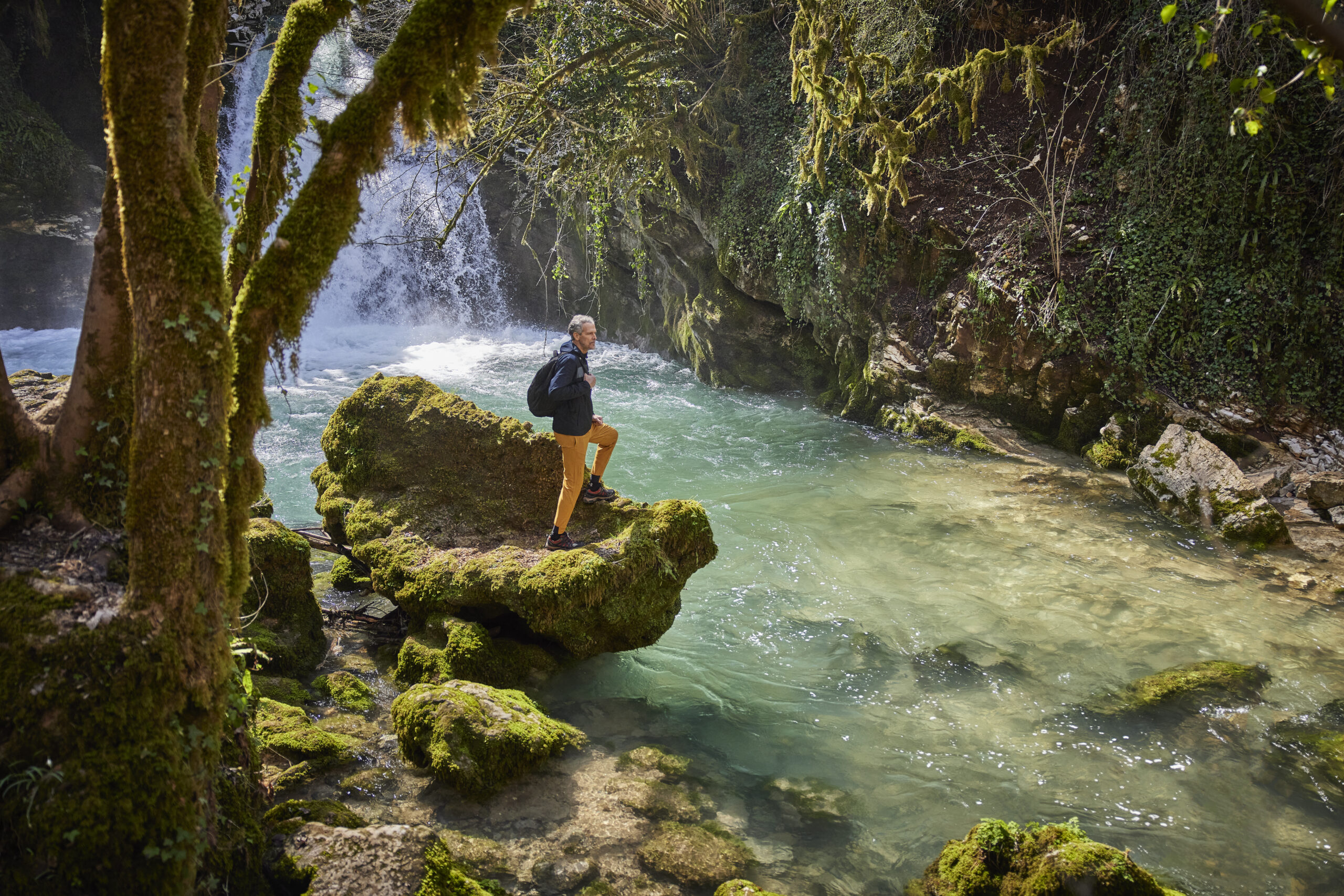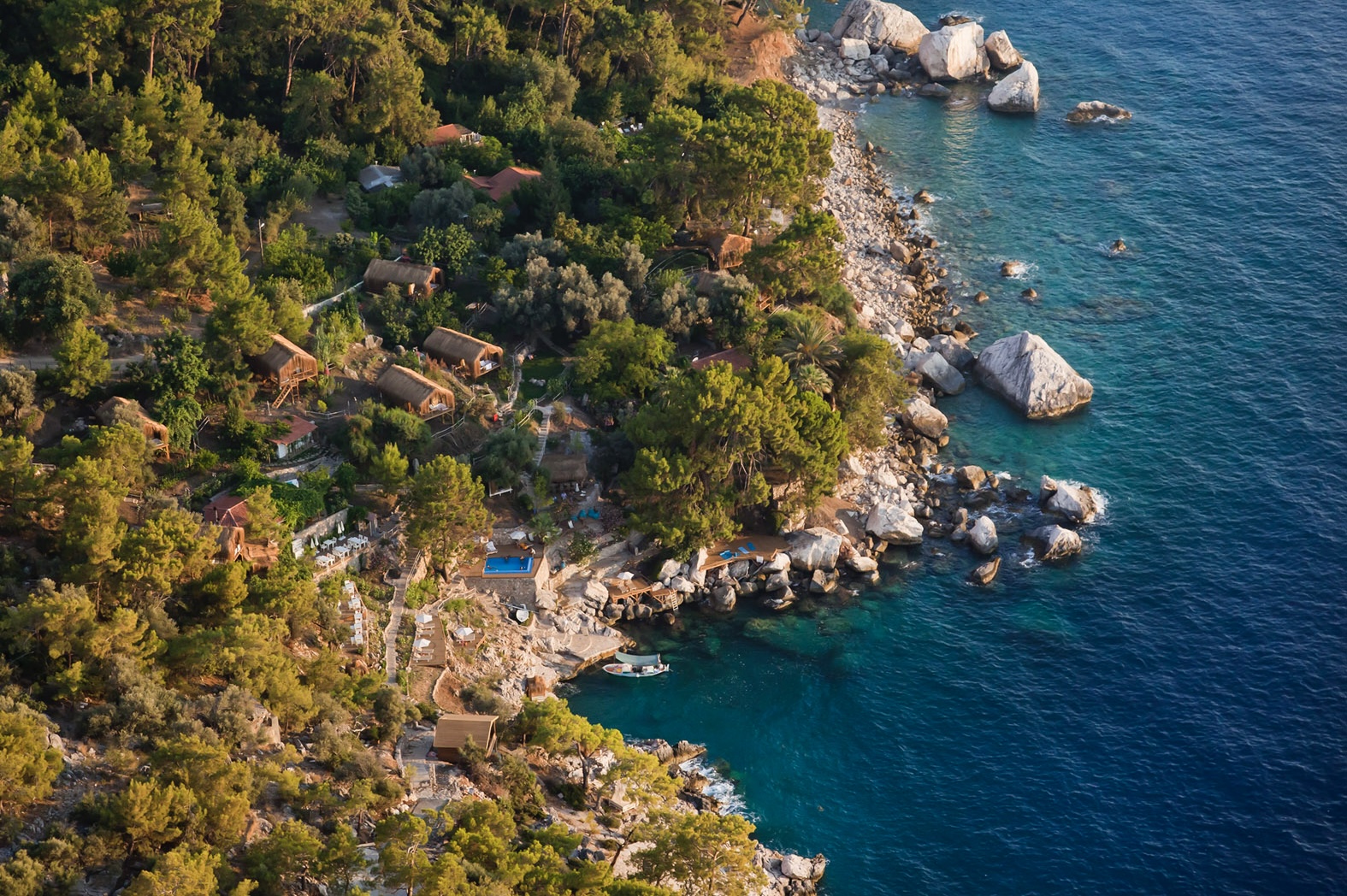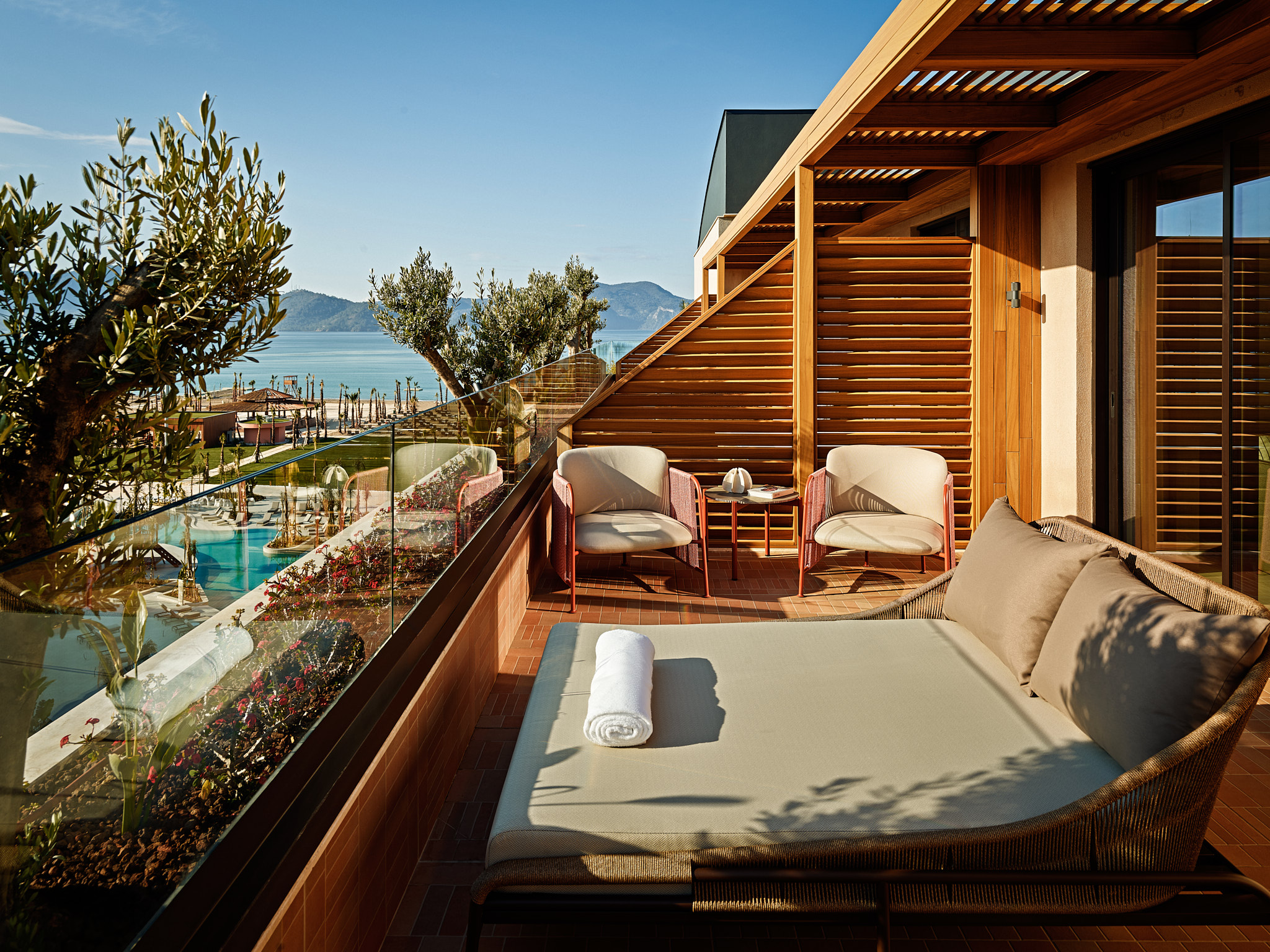A Timeless Blend of History and Modernity
Palazzo Talìa seamlessly integrates centuries-old architecture with contemporary design, creating a space where past and present coexist harmoniously. Originally constructed in the 16th century, the building has been meticulously restored, preserving its historic stonework and frescoes while introducing sleek modern finishes and bespoke design elements. The grand entrance, adorned with towering wooden doors, opens into a world of opulence, where every room and public space tells a story through its elegant, yet contemporary, interiors. Luca Guadagnino’s studio, studiolucaguadagnino, brought a cinematic sensibility to the hotel’s common areas, including the restaurant, bar, and wellness spa, with bold, chromatic designs and thoughtful use of light and space. This fusion of modern design with historical elements ensures that guests are enveloped in the warmth and charm of an ancient palace, reinterpreted for today’s traveler.

A Sanctuary in the Heart of Rome
Nestled just steps away from the iconic Sant’Andrea delle Fratte, this masterpiece of a boutique hotel occupies an enviable position in the center of Rome, offering guests an immersive experience within the city’s historical core. Surrounded by ancient monuments, charming streets, and vibrant piazzas, the hotel is perfectly situated for those wishing to explore the rich cultural heritage of the Eternal City. Its central location allows visitors to easily wander through Rome’s cobbled streets, visit the nearby Spanish Steps, or stroll through the enchanting alleys leading to landmarks such as the Trevi Fountain and the Pantheon. Yet, despite being in the heart of the city, Palazzo Talìa offers a peaceful retreat, with its serene inner courtyard and exclusive spaces offering a tranquil escape from the bustling streets outside.
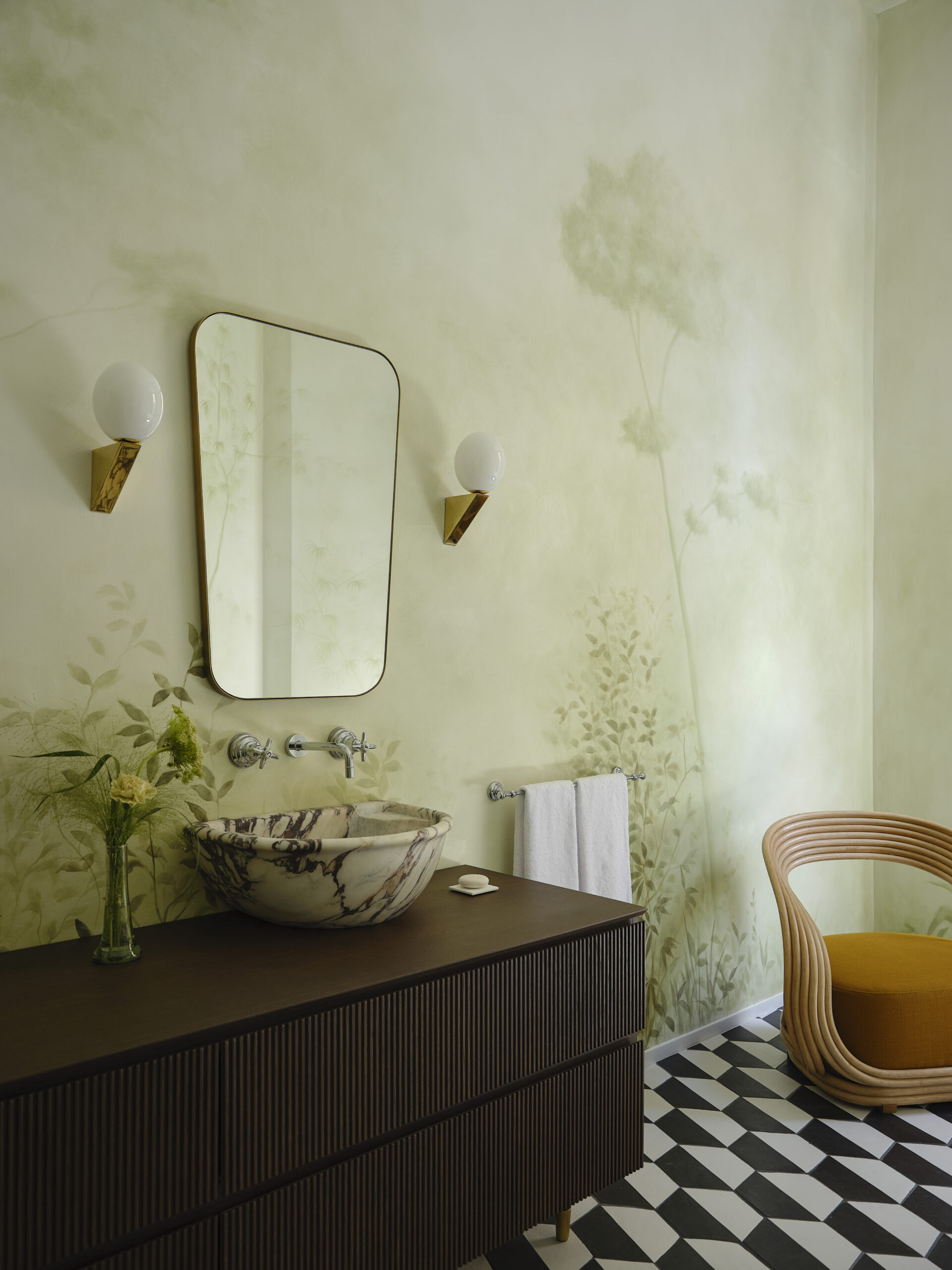
A Journey Through Centuries of Legacy
The history is as rich and multifaceted as the city itself. Originally built in the 16th century, the building was once the private residence of Angelo Maria Colocci, an influential humanist who was close to Pope Leo X. Over time, it was repurposed as the Nazarene College under the stewardship of San Giuseppe Calasanzio, becoming a revered institution that hosted scholars, artists, and nobility. The palace played a key role during Rome’s tumultuous periods, surviving Napoleon’s occupation and the Nazi era, standing as a testament to resilience through history’s trials. The hotel’s restoration honors this storied past, with every corner telling a tale of Rome’s grand narrative. The rich architectural features, including frescoes and antique stonework, serve as a direct link to the building’s vibrant history, allowing guests to step into a living piece of the city’s legacy.
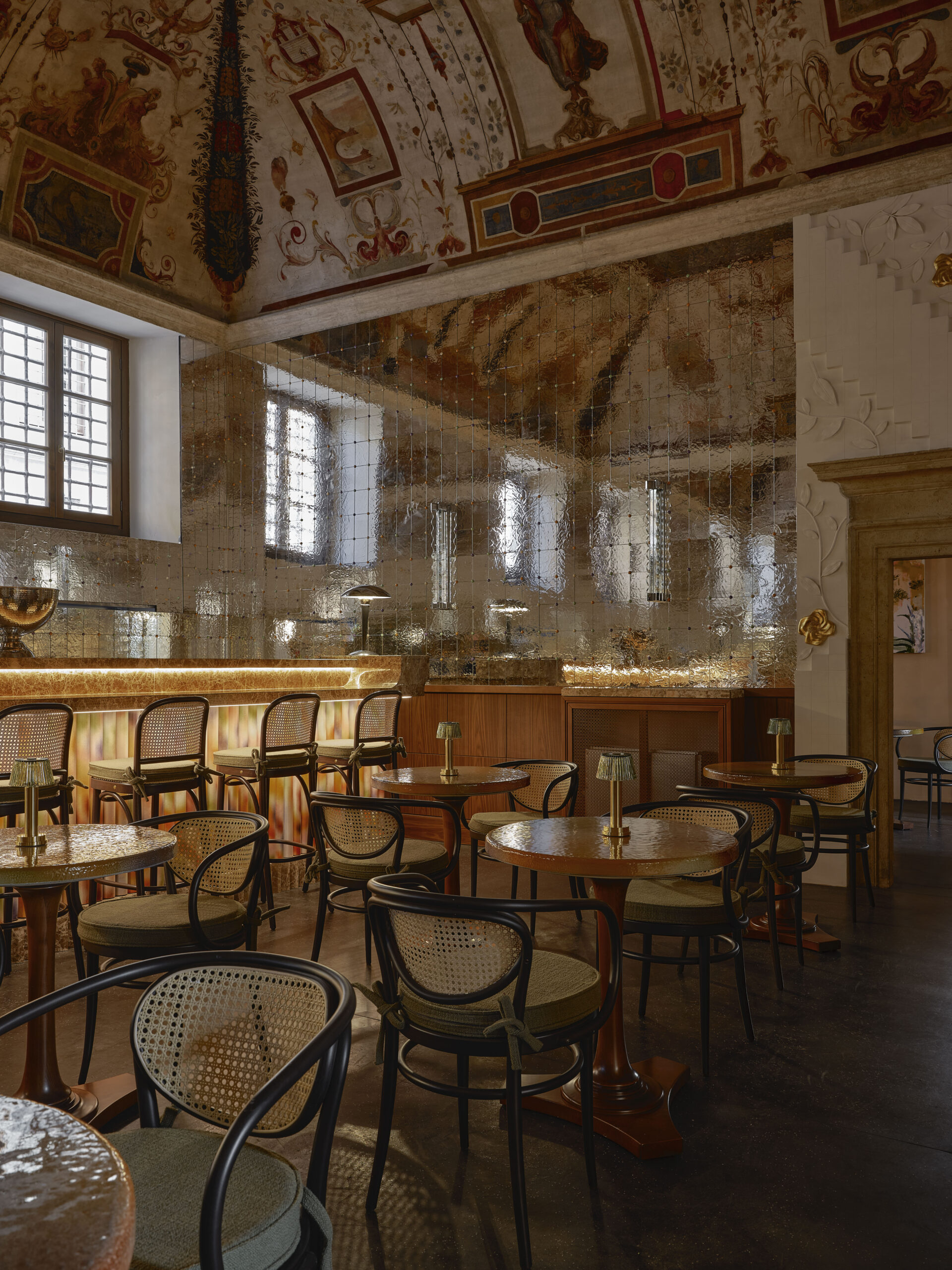
Contemporary Elegance Meets Artistic Vision

Luca Guadagnino’s studiolucaguadagnino brings a signature cinematic vision to the design of the property, emphasizing color, texture, and craftsmanship in every detail. The design is rooted in chromaticism, with intense hues flowing through the hotel’s public spaces, from the striking carpet by Nigel Peake that winds through the corridors to the unique, custom-designed furniture in the rooms. The Terrace Suite, with its peach wood paneling, muted pinks, and expansive 66-square-meter terrace, stands as a prime example of the design ethos—an intimate, sophisticated space infused with warmth and modern elegance. The hotel’s interiors are a beautiful interplay of history and modernity, where traditional Roman design elements meet contemporary comforts. From the artisanal details of the wellness area, featuring Roman marble and Spanish majolica tiles, to the bespoke furnishings created by local and international artisans, every space is designed with a deep respect for both the building’s history and the craft of design.
By: Lucas Raven

